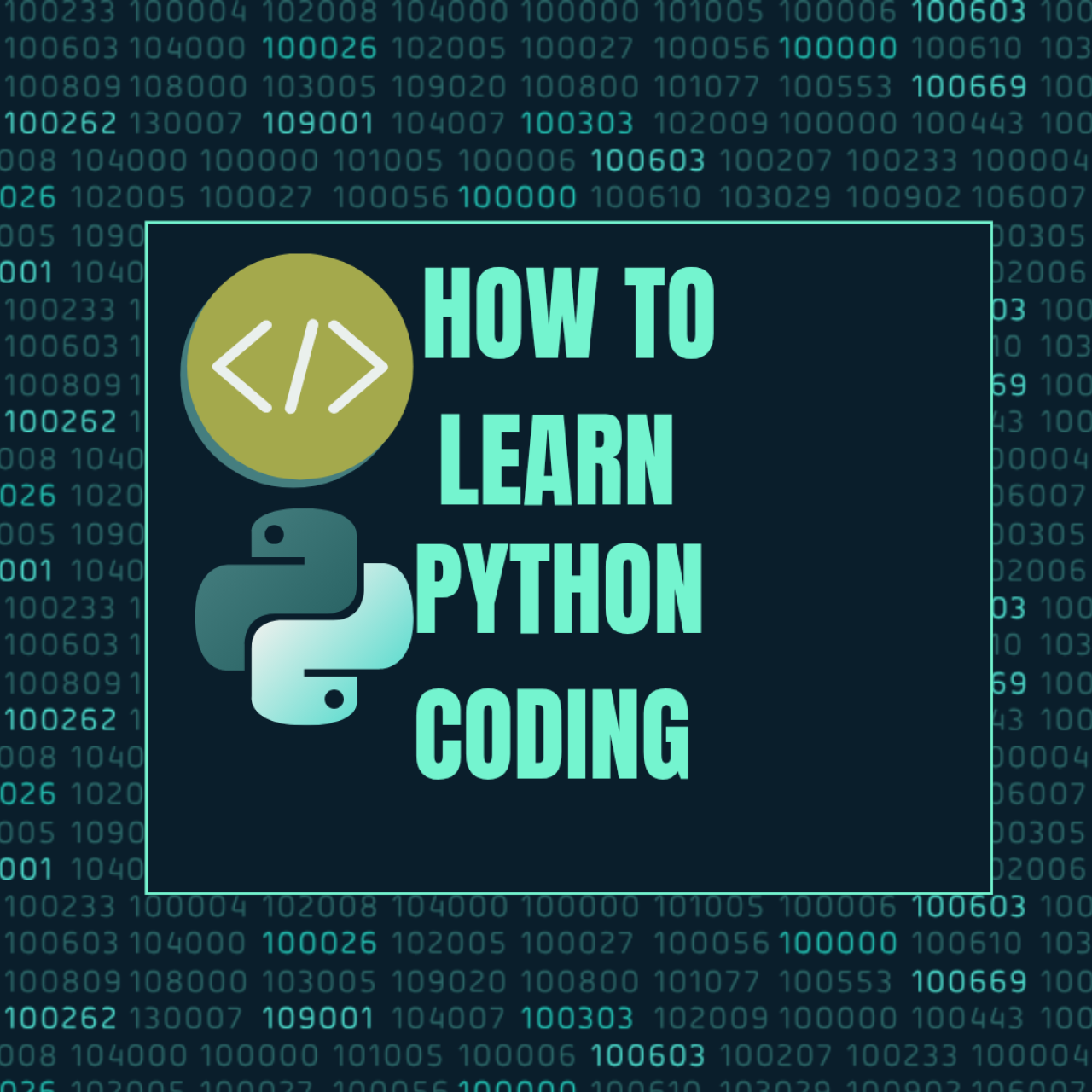Learn Python from Scratch - A Step-by-Step Beginner's Guide

Learn Python from Scratch – A Step-by-Step Beginner’s Guide
Introduction
This guide is designed for absolute beginners who want to learn Python in the simplest and most detailed way possible. By the end of this guide, you’ll be able to write basic Python programs and understand how to solve real-world problems using Python.
What is Python, and Why Should You Learn It?
Python is a powerful, yet beginner-friendly programming language. It is widely used for:
- Web development: Creating websites (e.g., Django, Flask).
- Data analysis: Crunching and visualizing data.
- Artificial intelligence and machine learning: Building smart algorithms.
- Automation: Simplifying repetitive tasks.
- Game development: Creating games.
Why Python?
- Easy to learn: Python’s syntax is simple and resembles human language.
- Versatile: It’s used in many industries and applications.
- Beginner-friendly: Ideal for people with no programming experience.
Getting Started with Python
1. Install Python
- Go to the official Python website.
- Download the latest version for your operating system.
- During installation, check the box Add Python to PATH to make it accessible from your terminal.
2. Choose a Code Editor
To write Python code, you need a text editor or Integrated Development Environment (IDE):
- Visual Studio Code (VS Code): Free and beginner-friendly.
- PyCharm: A professional IDE for Python projects.
- Jupyter Notebook: Ideal for data analysis and learning.
Your First Python Code
Let’s start with a simple program to print "Hello, World!" on the screen.
-
Open your code editor.
-
Write this code:
print("Hello, World!") -
Save the file as
hello.py. -
Open your terminal and run:
python hello.py
Output:
Hello, World!
How Does This Code Work?
print(): A function that displays the text you provide inside the parentheses.- The text inside double quotes (") will appear on the screen.
Python Basics
1. Variables
Variables are used to store data. You can think of them as labeled boxes holding different kinds of information.
# Examples of variables
name = "Alice" # String (text)
age = 25 # Integer (whole number)
height = 5.7 # Float (decimal number)
is_student = True # Boolean (True or False)
2. Data Types
Every piece of data in Python has a specific type:
- String (
str): Text data, e.g., "Hello". - Integer (
int): Whole numbers, e.g., 10. - Float (
float): Decimal numbers, e.g., 3.14. - Boolean (
bool): Logical values, True or False.
Checking Data Types
You can check the type of a variable using the type() function:
print(type(name)) # Output: <class 'str'>
print(type(age)) # Output: <class 'int'>
print(type(height)) # Output: <class 'float'>
print(type(is_student)) # Output: <class 'bool'>
3. If/Else Statements
Python allows you to control the flow of your program using conditions.
age = 18
if age >= 18:
print("You are an adult.")
else:
print("You are a minor.")
Explanation:
if: Checks if the condition (age >= 18) is true.else: Executes when the condition is false.
4. Loops
Loops allow you to repeat a block of code multiple times.
for Loop:
for i in range(5): # Loops from 0 to 4
print(i)
while Loop:
count = 0
while count < 5:
print(count)
count += 1 # Increases count by 1
5. Functions
Functions are reusable blocks of code that perform specific tasks.
def greet(name):
print(f"Hello, {name}!")
greet("Alice") # Output: Hello, Alice!
greet("Bob") # Output: Hello, Bob!
How It Works:
def: Defines a new function.greet(name): Takes a parameternameand prints a greeting.
6. Lists
A list is a collection of items stored in a specific order.
Example:
fruits = ["apple", "banana", "cherry"]
print(fruits[0]) # Output: apple
# Modify a List
fruits.append("orange") # Adds "orange" to the list
fruits.remove("banana") # Removes "banana" from the list
7. Dictionaries
Dictionaries store data as key-value pairs.
Example:
person = {"name": "Alice", "age": 25, "city": "New York"}
print(person["name"]) # Output: Alice
8. Reading and Writing Files
Python makes it easy to work with files.
Write to a File:
with open("example.txt", "w") as file:
file.write("Hello, Python!")
Read from a File:
with open("example.txt", "r") as file:
content = file.read()
print(content)
Your First Python Projects
1. Simple Calculator
def add(a, b):
return a + b
def subtract(a, b):
return a - b
print(add(5, 3)) # Output: 8
print(subtract(10, 4)) # Output: 6
2. Word Counter
text = "Python is simple and powerful."
words = text.split()
print("Number of words:", len(words))
3. Rock-Paper-Scissors Game
import random
choices = ["rock", "paper", "scissors"]
computer = random.choice(choices)
user = input("Choose rock, paper, or scissors: ")
if user == computer:
print("It's a tie!")
elif (user == "rock" and computer == "scissors") or \
(user == "paper" and computer == "rock") or \
(user == "scissors" and computer == "paper"):
print("You win!")
else:
print("You lose!")
Tips for Learning Python
- Practice Daily: Even 15–30 minutes of coding every day will improve your skills.
- Start Small: Focus on simple projects like calculators or text-based games.
- Use Online Resources: Websites like W3Schools and Real Python are great for beginners.
- Don’t Fear Errors: Every error is an opportunity to learn and improve.
- Experiment with Libraries: Try popular libraries like
pandas,matplotlib, andrequests. - Join a Community: Engage in Python forums or groups for support and inspiration.
Python is a powerful tool that opens countless opportunities. Start with the basics, practice consistently, and don’t be afraid to experiment. Good luck!














